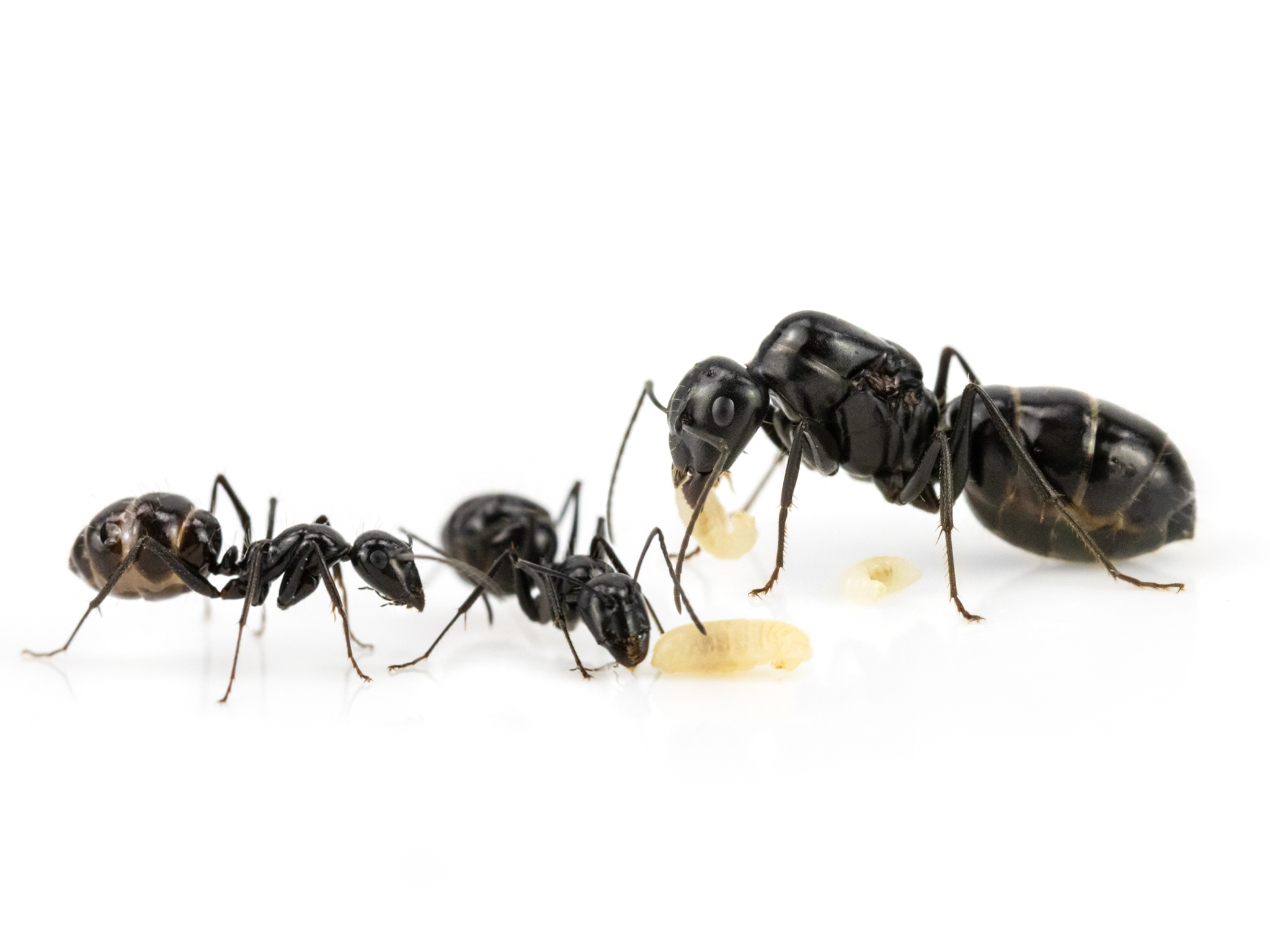Meranoplus bicolor
About ant keeping
What is ant keeping?
Ant keeping is the care and observation of ants and ant colonies. Keeping ants has become a very popular hobby in recent years. Although the first known formicarium (terrarium for ants) was already shown at the World’s Fair in Paris around 1900, it was not until “Uncle Milton’s Ant Farm” around 1956 that the first formicariums were freely available for purchase.
For some years now, there have been many different suppliers of formicariums, most of which are made of plastic. Normally, a formicarium consists of a farm, which serves as a nesting area for the animals and an arena, which is used for feeding the animals and as an exercise area.
What is the faszination behind ant keeping?
Ants are incredibly fascinating. Watching a single queen raise her first workers over a period of years and then watch her colony grow to thousands of members over the years, through perfect cooperation and use of resources is a unique experience. They are extremely social animals and some species form different castes such as workers, soldiers, farmers or even nurses. And guess what, they are all females.
Ants are incredibly important to our environment. Not only are they present in every habitable ecosystem in the world, they are more specialized and versatile than any other species. Ants are also similar to us in the way they live. The division of labor, living together in large colonies in a confined space, and the use of different levels of the food chain in all ecosystems make them so successful, just like us humans. The only difference is that we are nowhere near as efficient and ants have been around for more than 130 million years, while humans have only been around for about 300,000.
To help you decide which Ant species you want to keep you can use our “Ant Finder“
What kind of Formicarium do I need?
Since ants are found in almost all different ecosystems, their keeping needs are also different. There are ants in our cities, forests, deserts, mountains, tropical regions and even mangroves and subarctic regions.
Just as the inhabited habitats are different, so are the nest types. The most common nest form is the ground nest. Other species live, for example, in dead wood, cavities in trees and between stones, in mound nests or in so-called ant plants. Other less common types of nests are bivouac nests of the forager ants, silk nests of the weaver ants or carton nests of Lasisus fuliginosus.
In order to keep ants successfully, it has proven to imitate the natural conditions as closely as possible. Therefore, we have been experimenting with different materials and combinations of nest and arena areas for a long time and have developed a starter set for all commercially available ant species.
To find the Starter Set which is best suited for the ant species you want to keep use for example our “Starter Set Finder”



